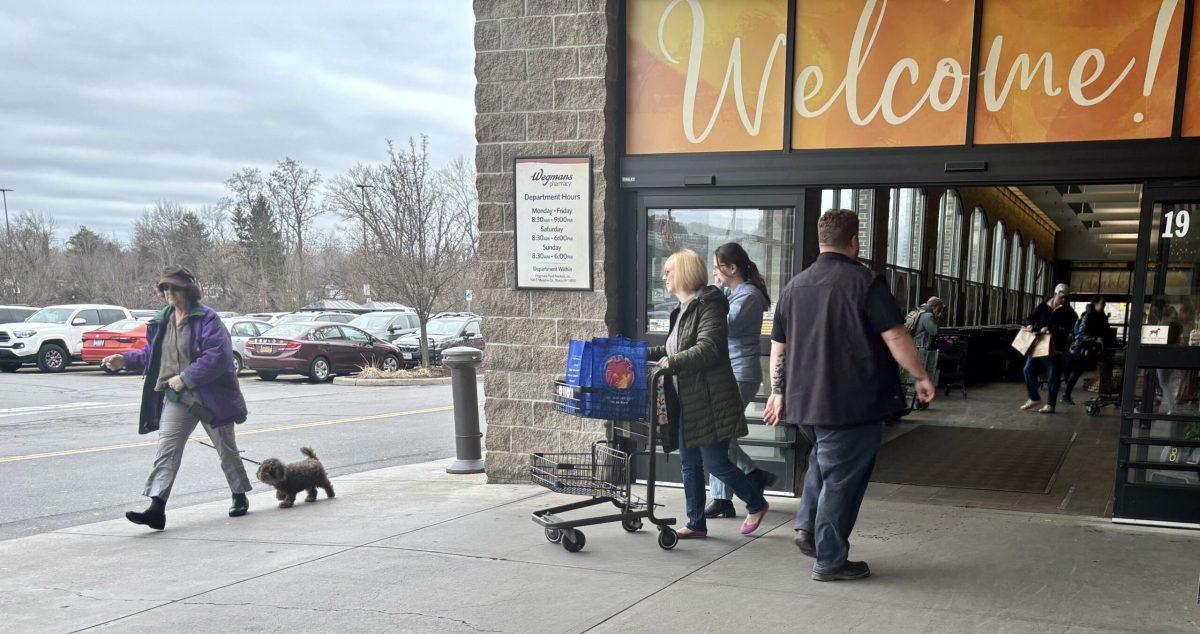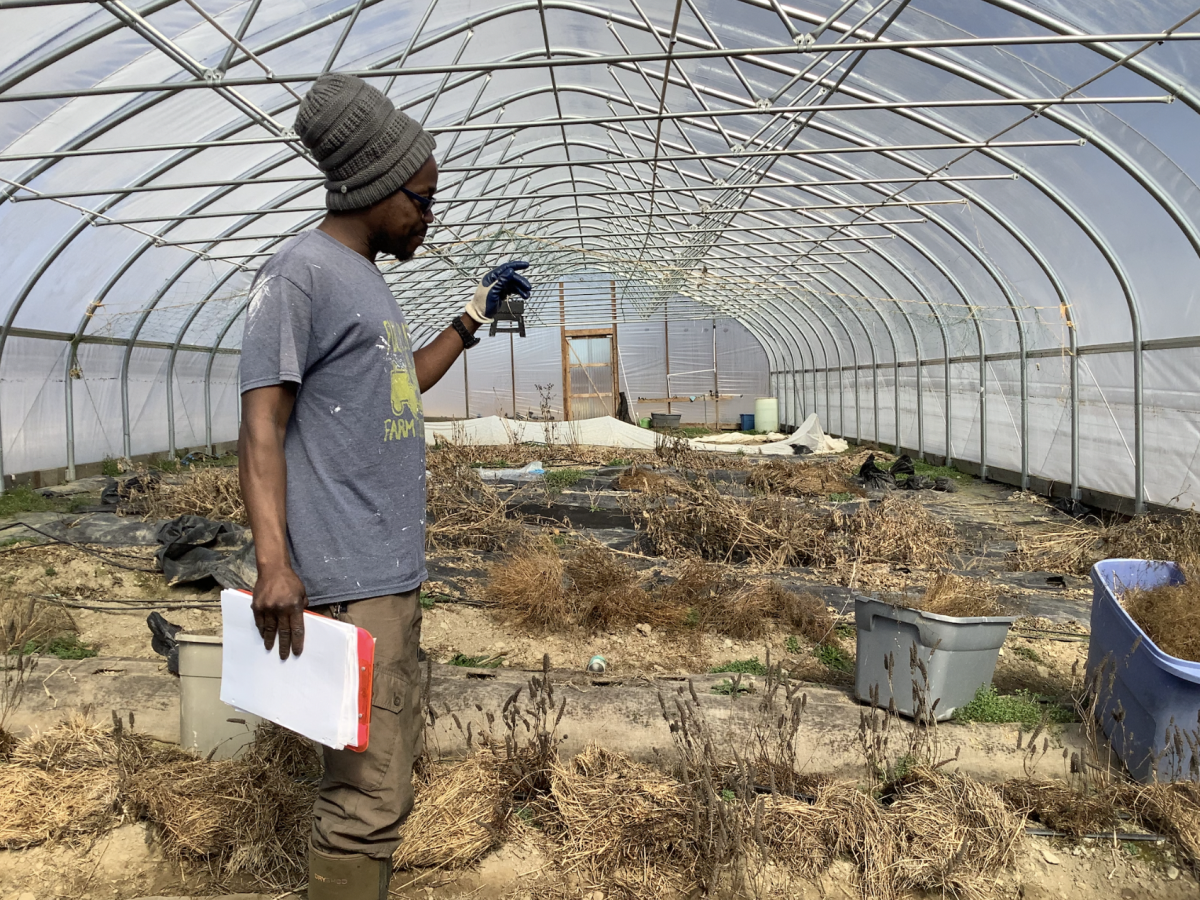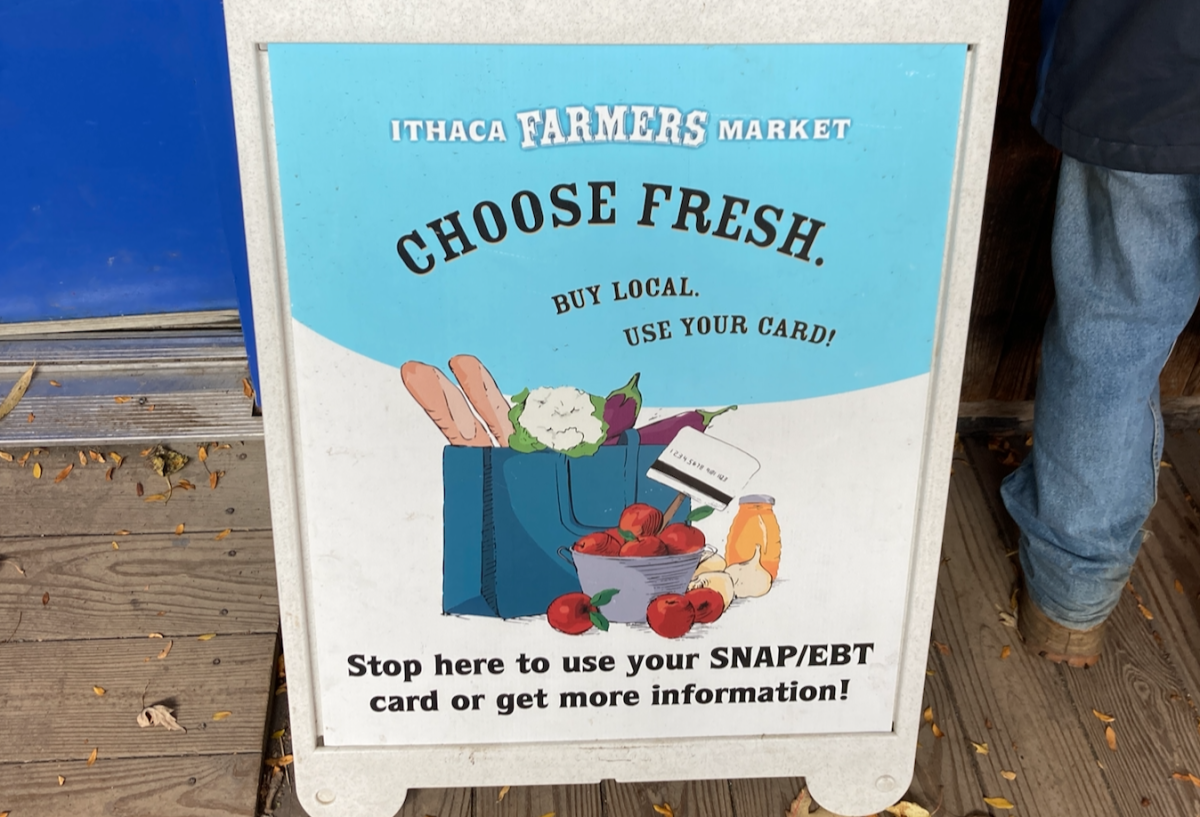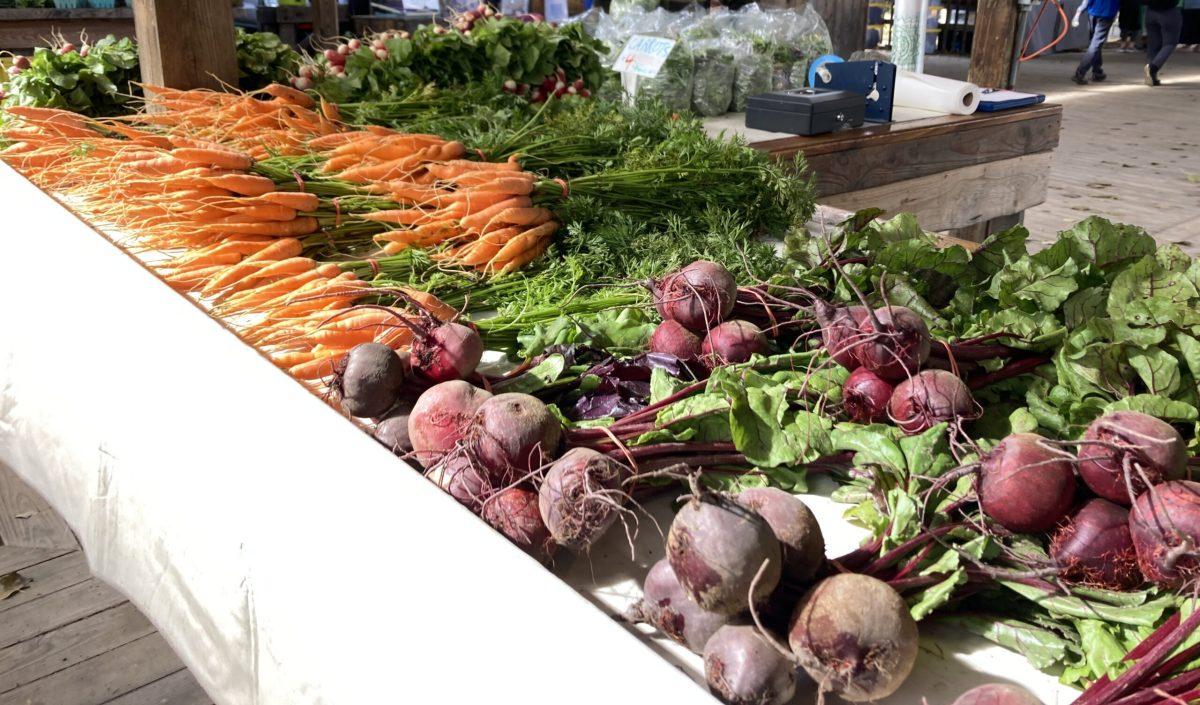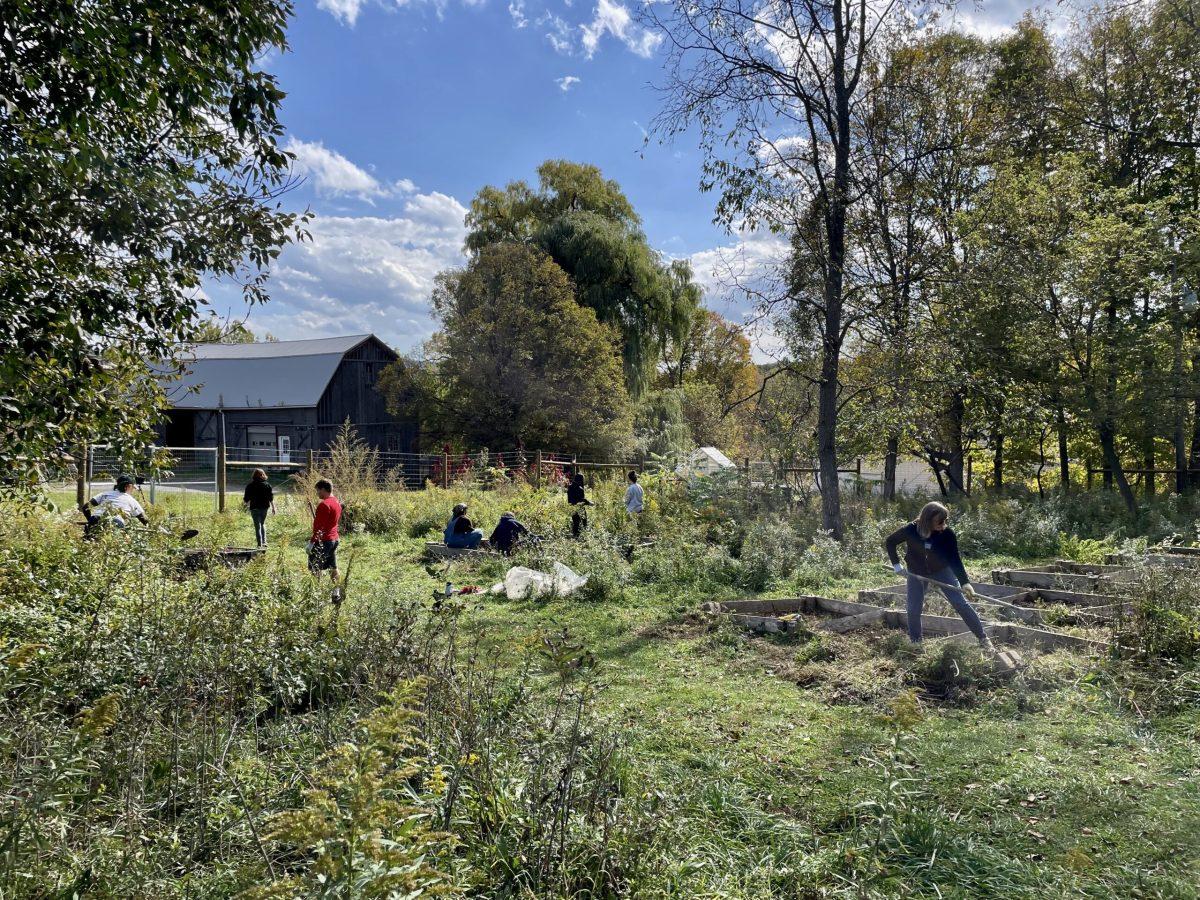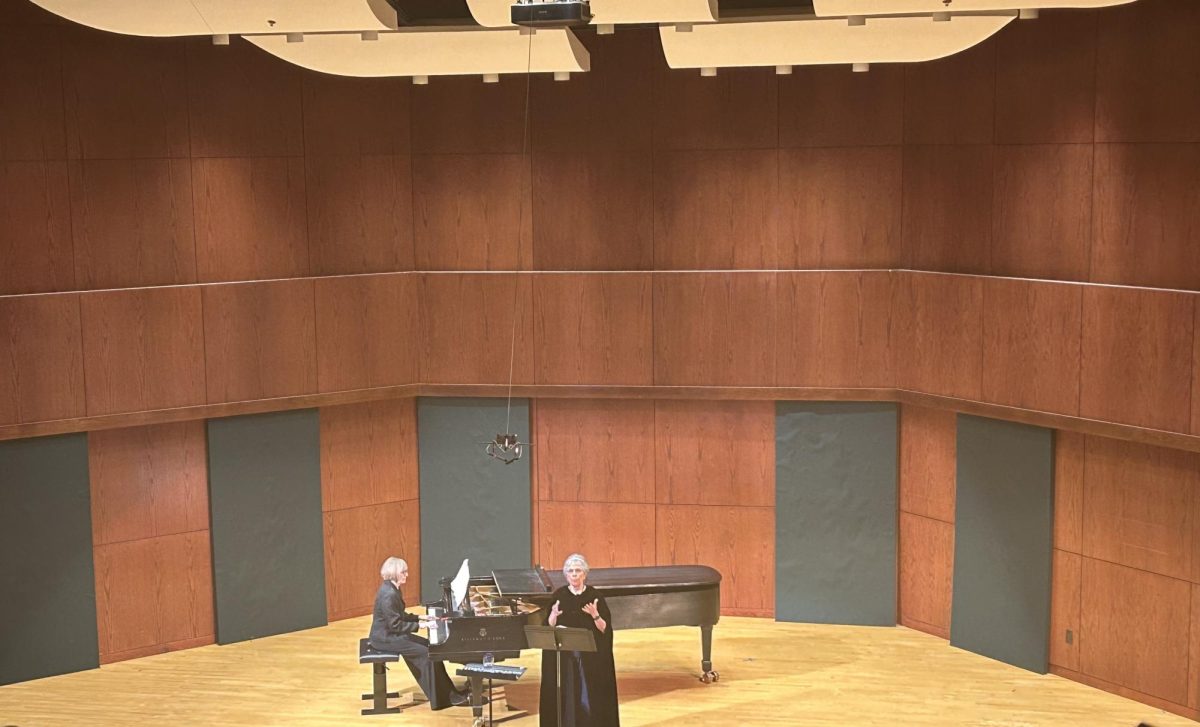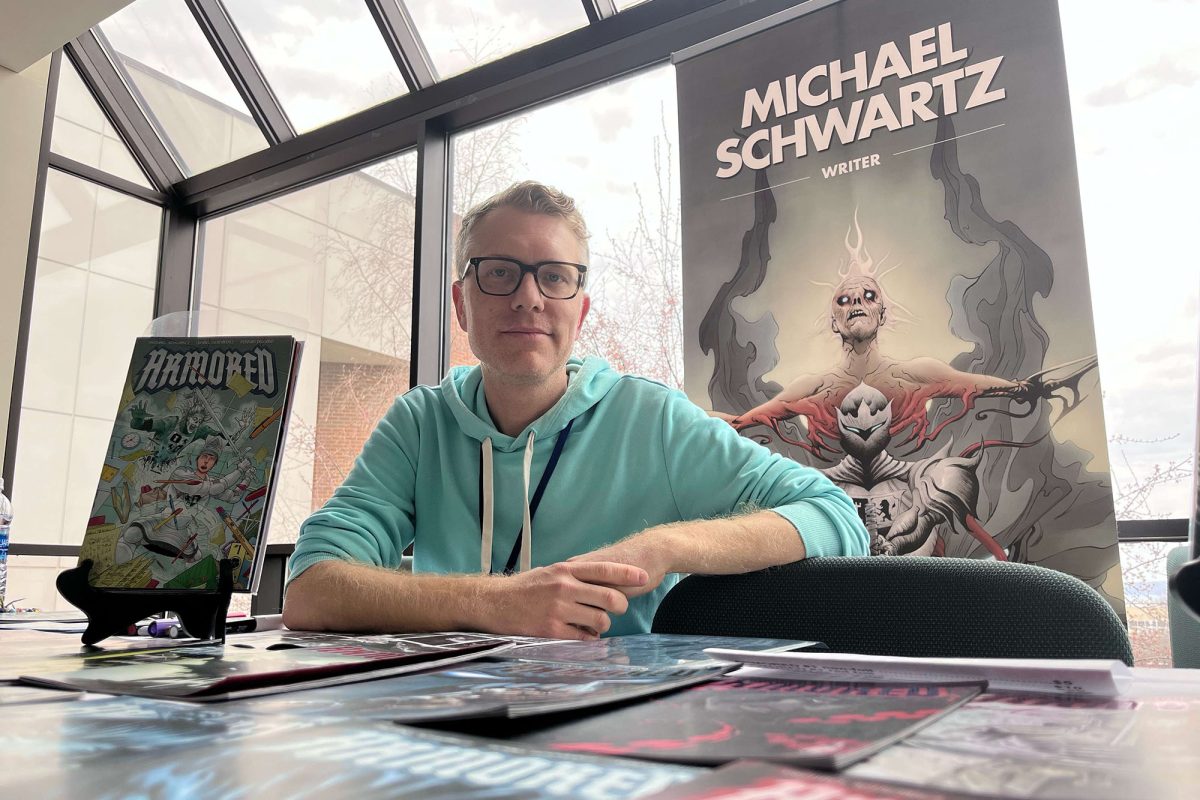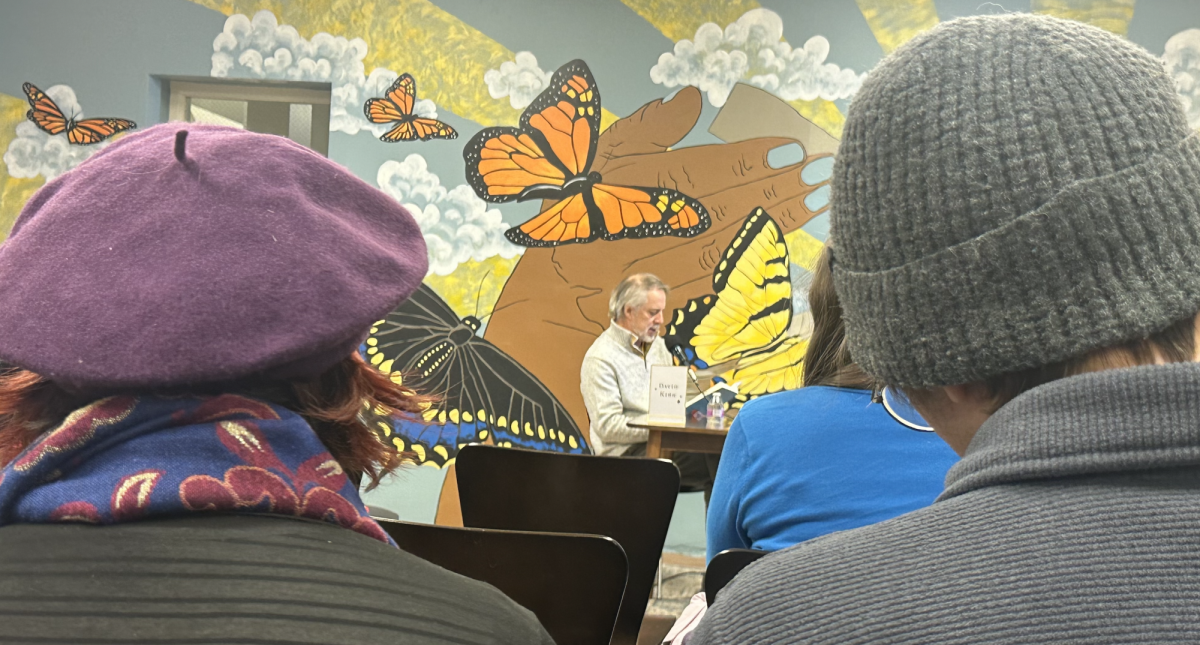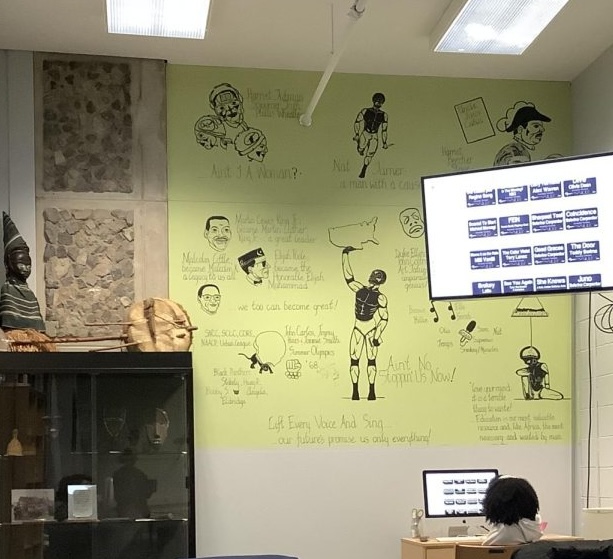Bailee Hopkins-Hensley has had a strong interest in plants from a young age, starting her own garden at 12 years old that included squash, pumpkins and sunflowers. This was her take on the Three Sisters cropping system, a traditional form of agriculture used by Indigenous groups in North America.
Hopkins-Hensley, a Chahta, from the Choctaw Nation of Oklahoma, continued to pursue this passion at Cornell University. She graduated from Cornell in 2018 with an undergraduate degree in plant science, and then enrolled in the Masters of Professional Studies in public gardening.
As Hopkins-Hensley built friendships with local Haudenosaunee people, a confederacy of six nations Indigenous to New York State, she became invested in exploring their connection to the land, specifically ash trees.
For her capstone project at Cornell, Hopkins-Hensley decided to delve into the importance of the ash tree to the Haudenosaunee. She created the current exhibit, “Ash Trees: A Story of Relationships, Loss and Hope”.

“I heard some incredible stories from friends and basket makers that sparked an interest in me to learn more about ash and its importance to them,” said Hopkins-Hensley.
The Importance of the Ash Tree
In 2002, the invasive Emerald Ash Borer arrived in the United States from temperate northeastern Asia. The beetle’s larvae burrows into the tree and feeds on the inner bark. This disturbance destroys the vascular system of the tree, prohibiting the trees ability to properly transport water and nutrients, ultimately killing it.
The exhibit itself showcases the importance of ash trees to the Haudenosaunee, especially Haudenosaunee basket makers, while providing insight into the history and current state of ash trees.
The Haudenosaunee have passed down their knowledge of plants, tradition and culture from generation to generation and they fear that the absence of the ash tree, will result in part of their tradition being lost.
“Ash are so integral to these communities that it comes up in everyday conversations…” said Hopkins-Hensley.
Since the 1700s the Haudenosaunee have made baskets out of black ash. It’s a complicated process consisting of multiple people and many steps. The beetles’ damage to the trees makes the splints needed to create the baskets brittle and nearly impossible to work with.

Other importances that ash trees provide:
- safe understory for plants
- food source for small animals
- nesting for birds
- sustaining of wetlands
- carbon storage
With hundred of millions of ash trees in North America documented to have died because of the Emerald Ash Borer, this could result in a drastic change of forest landscapes, and give leeway to other invasive species being introduced.
While there are treatment plans in place, indigenous groups are hesitant to use insecticides. Many of their concerns around insecticides revolve around the implications it will have on the surrounding environment, insects and the ash trees themselves.
Instead, the Haudenosaunee people have begun collecting seeds from the black ash trees in hopes to store and preserve them. Haudenosaunee basket makers have also begun to try out alternative basket making materials in hopes to still carry on the tradition.
A Look Forward
Since the completion of the exhibit, Hopkins-Hensley is currently working at Oak Spring Garden Foundation in Virginia on a biocultural conservation farm. There she is continuing her passion by learning about the connections between the Appalachian and Virginia Piedmont heirloom crops and the people that they sustain.
Hopkins-Hensley plans to move the exhibit into botanic gardens, cultural centers and museums around the U.S. and Canada, hoping to convey the importance between Indigenous groups and their land.
“The relationships between plants and people are incredible and the stories within those relationships can tell you so much about these plants that you are getting to know,” said Hopkins-Hensley.
The exhibit is open at the Nevin Welcome Center of Cornell Botanic Gardens until the end of December.

